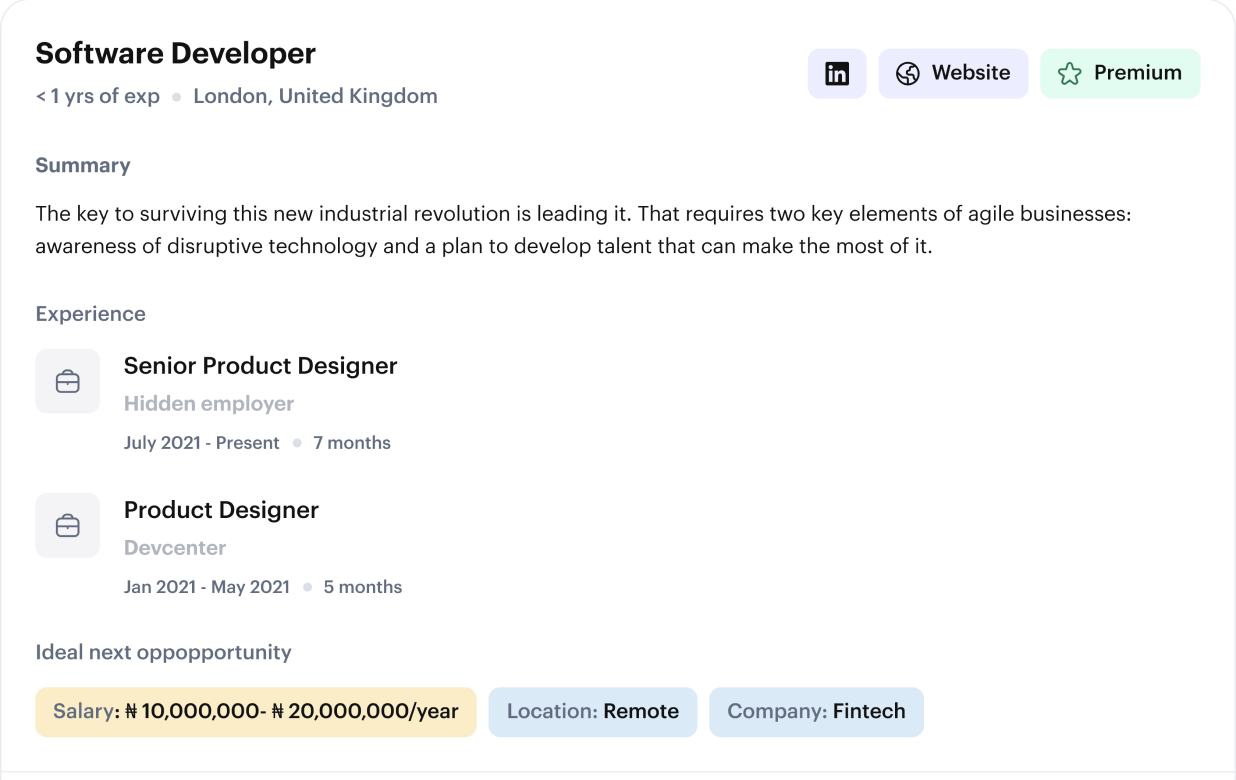How to Build a Community Before Product Launch

aunching a new product can be daunting. After working endlessly to turn ideas into a working product, you have to work again to get users to care enough to use it. This presents a new set of hurdles.
How do you go about this? Where do you find the users? How can you position your product to make it alluring enough that your users become your product ambassadors? Because you can launch the product, run advertisements, write press releases or get featured on top blogs. You can do all these just to get users. And if you are like tbh, your product goes viral, else you have to do a lot of work and you still might not make a dent like these guys.
So what can you do to make it work, how can you build enough buzz and advocacy for your product, such that after launch it gathers enough users and momentum to grow into a business? Build a community.
Here are 3 actionable steps we have used to build our community:
Create a presence where your product’s ideal user persona dwells
One of the things we have tried to do is to curate and share valuable content on the topic area your product focuses on, in a location your ideal user frequents. This helps you get and keep the attention of your ideal product user.
Because by being prominent where they frequent, you slowly become first to mind, and this helps you gain a presence.
At Devcenter, our ideal product users are developers, designers, product managers, and other technical talents who partake in software application development and delivery. They are almost always on sites like Twitter and GitHub. They use apps like Slack and Gitter and might also be seen attending physical events where software design, development, and delivery are discussed.
We accidentally created a community on Slack, through which we fostered collaboration and knowledge sharing. Our presence on Slack made it easy for future community members to find us, as Slack became their go-to work communication tool. It also helped grow our presence on GitHub as we used the community to enable our members as they worked on open source projects.
Host valuable live online and offline (in-person) experiences
These experiences help create, build bonds and increase trust between members. They can be online or offline. But offline/in-person meetups are usually better, as it is easier to build bonds and create trust in-person.
When our Slack community started and we were much smaller, Akin and Ope would gather the members working on open source projects who were in Lagos for fish and drinks. Frequent meetups like these built a connection between each of them and made collaborating in the community easier, as they were now talking with friends and not random usernames beside avatars.
Members also helped each other out with challenges on their code, and reviews on products as soon as it was requested. Every new member was also welcomed immediately after they joined. These actions further strengthened the bond between members, making them feel very welcome and very special. It also made the community feel less like a Slack channel and more like a second home.
Be available to members of the community and pay attention to it
Regardless of what we were doing, myself, Seun and Akin are almost always available on Slack. And through volunteer leads in the community, we have ensured that as the community keeps growing.
This hands-on presence makes members of the community feel special, as the content available is curated and the community itself is moderated. This creates a cultured and welcoming environment, where members are respected and their opinions are valued.
Once you, as the community owner, care enough to show up and make it work, every member feels special and in turn, want to help make your community work.
One of the most recent examples of a product we launched using our community is Gigson. By moderating conversations, curating job posts in our community via a gigs channel, it was easy to get members to use the Gigson bot and site. Thereby reducing the need to search for users or do product marketing once we launched the product.
Like in any approach to community management, launching a community from scratch, especially before your product is ready, hinges on excellent communication. While there is no textbook approach on how to build a community, we at Devcenter recommend these tested and trusted steps.
Gigson helps you hire Software developers in Africa to build top of the line products. To get started, click here.
Categories
Request a call back
Lets connect you to qualified tech talents that deliver on your business objectives.




.jpeg)


